The relationship between substance use and brain structure is a complex and fascinating area of scientific inquiry. Substance use, particularly when habitual or long-term, is known to cause significant changes in the brain’s structure and function. At the same time, certain pre-existing brain structures and genetic predispositions may make some individuals more vulnerable to substance use and addiction.
This creates a bidirectional relationship, where brain structure and substance use influence one another in profound ways.How Substance Use Alters Brain StructureSubstance use directly affects the brain’s reward system, primarily involving dopamine—a neurotransmitter responsible for feelings of pleasure and reward.
Drugs like opioids, cocaine, and alcohol flood the brain with dopamine, creating a euphoric sensation. Over time, this disrupts the brain’s natural ability to produce and regulate dopamine, leading to structural changes in regions such as the prefrontal cortex, amygdala, and hippocampus.Prefrontal Cortex: Chronic substance use impairs the prefrontal cortex, which is responsible for decision-making, impulse control, and rational thinking.
This makes it harder for individuals to resist cravings and maintain control over their actions.Amygdala: The amygdala, which processes emotions, becomes hyperactive, increasing stress and anxiety when not using the substance, further driving addiction.Hippocampus: The hippocampus, critical for memory formation, is also affected, leading to memory impairments and reinforcing habits through conditioned associations.
Does Brain Structure Predispose Individuals to Substance Use?While substance use changes the brain, research suggests that some individuals might have structural or functional differences in their brains that make them more susceptible to addiction. For example, individuals with smaller prefrontal cortices may be more prone to risk-taking behaviors, including experimentation with substances.
Similarly, genetic factors influencing dopamine receptors can make certain people more likely to seek out intense pleasure, increasing their likelihood of substance use.Implications for Treatment and PreventionUnderstanding this dual relationship has profound implications for treatment and prevention strategies. Treatments like cognitive behavioral therapy (CBT), medication-assisted treatment (MAT), and neurofeedback aim to restore balance in brain function and structure.
Early interventions targeting individuals with high-risk genetic or structural predispositions can help prevent substance use before it begins.In conclusion, the interplay between substance use and brain structure is a dynamic and ongoing process.
While substance use can alter the brain, certain pre-existing characteristics may predispose individuals to it. Further research in this field can help unravel these complexities and lead to better approaches for combating addiction.




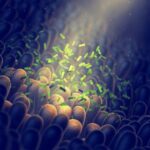



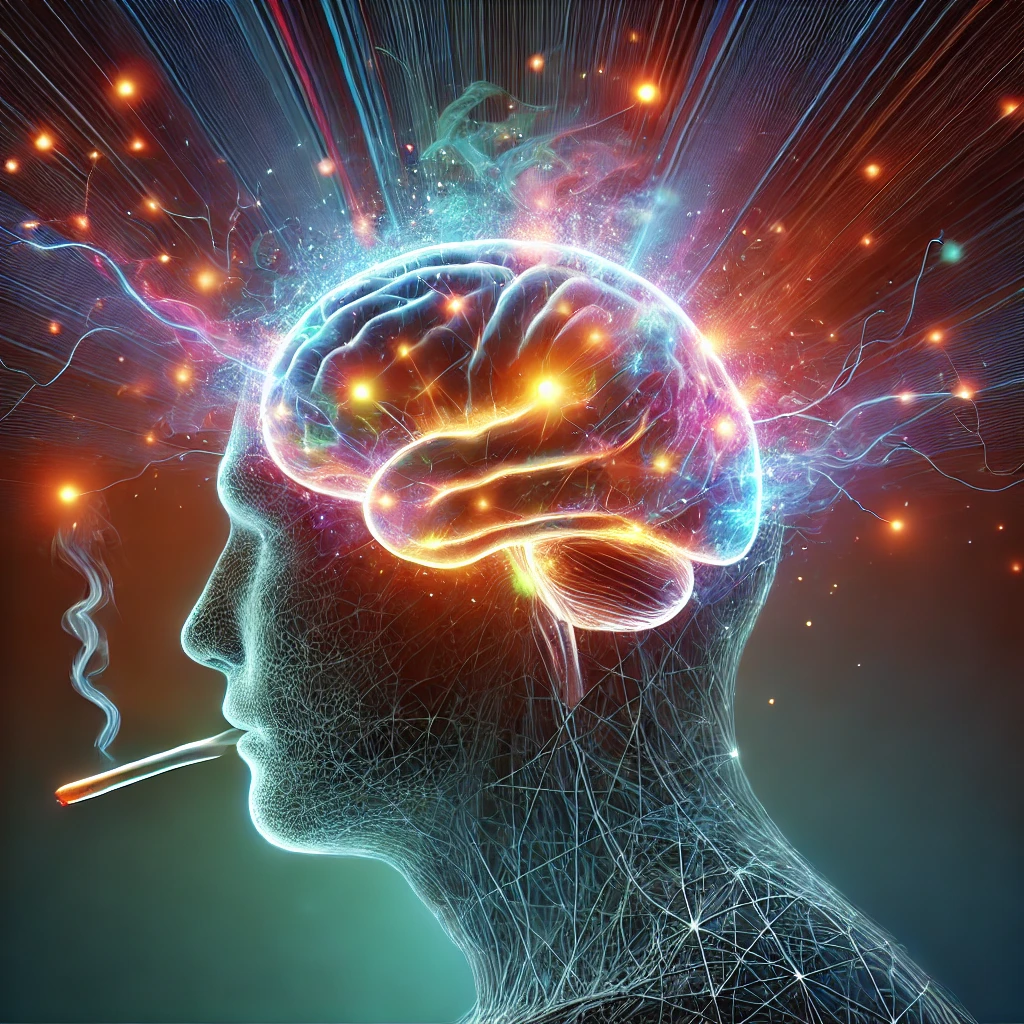




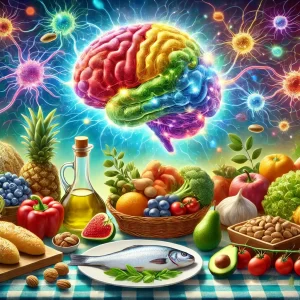
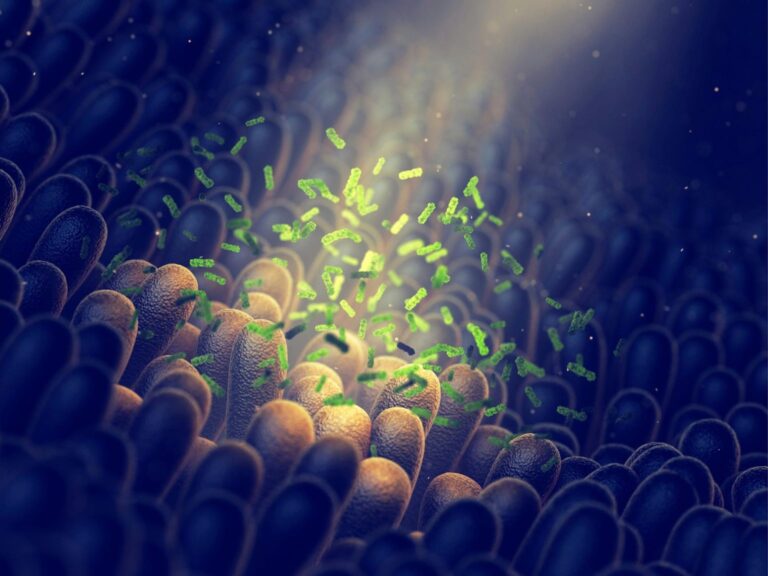

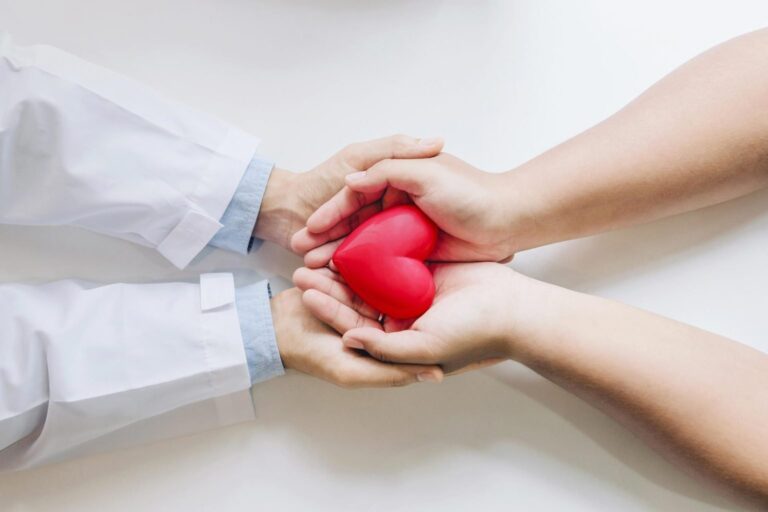
+ There are no comments
Add yours